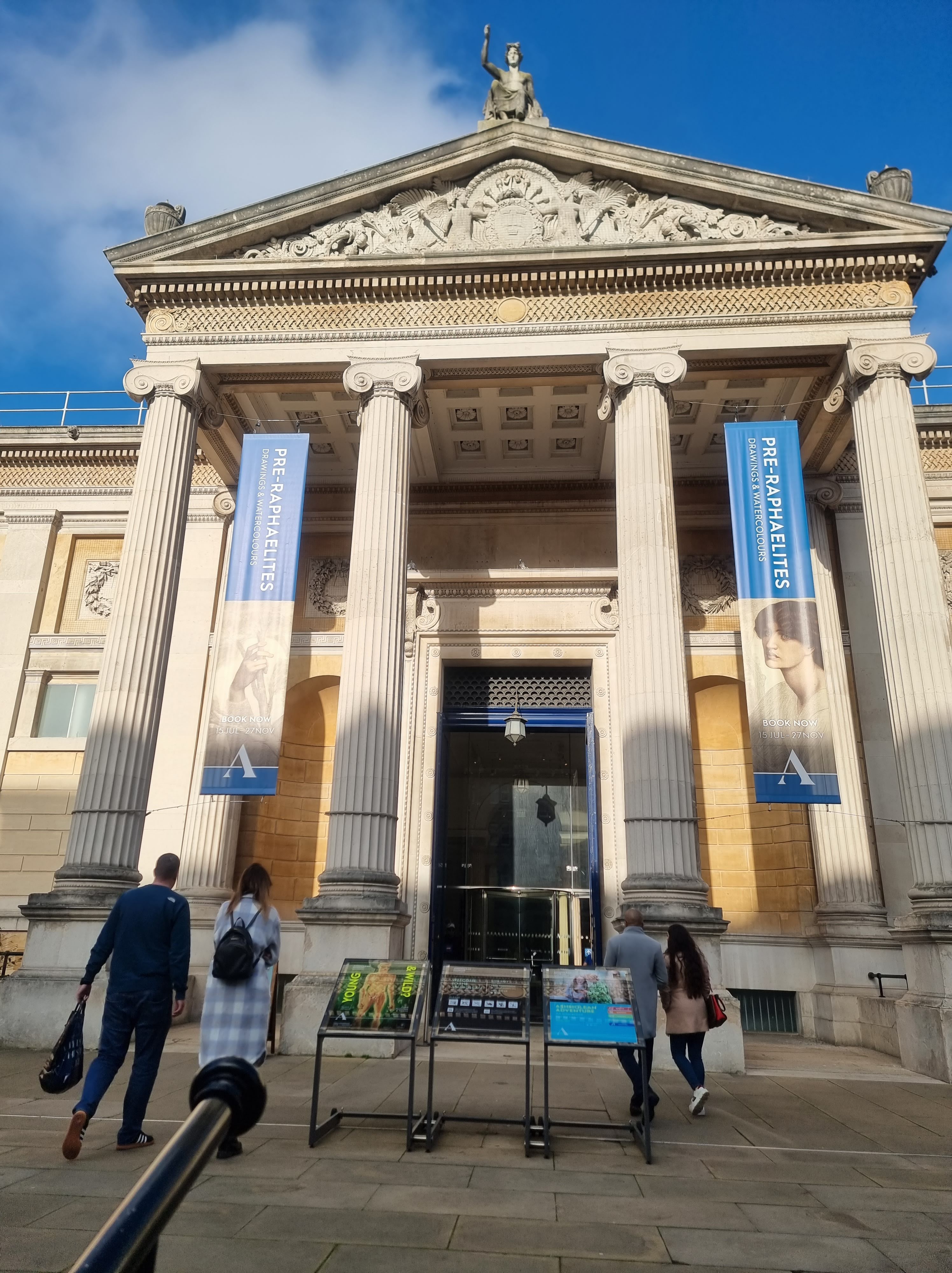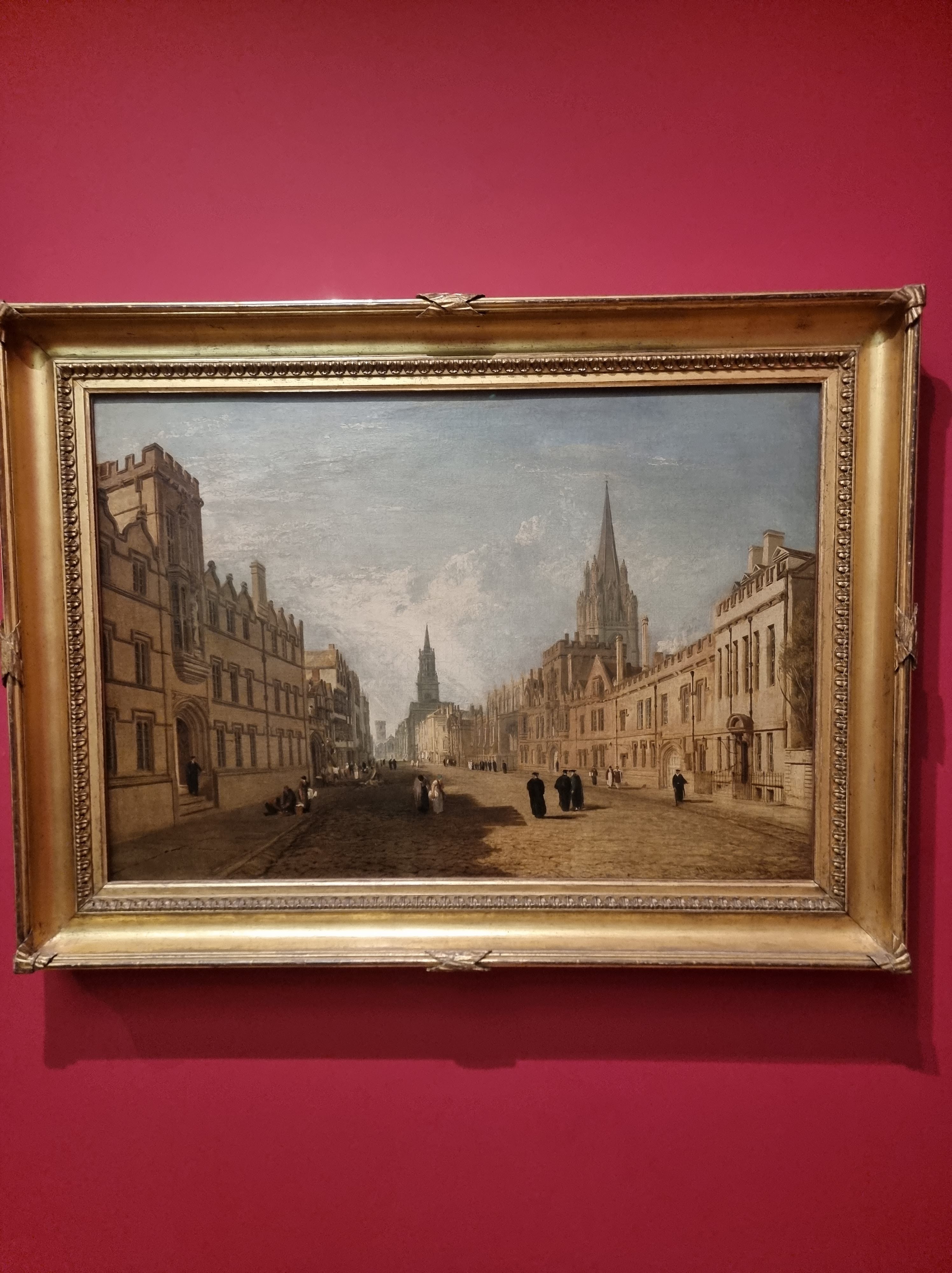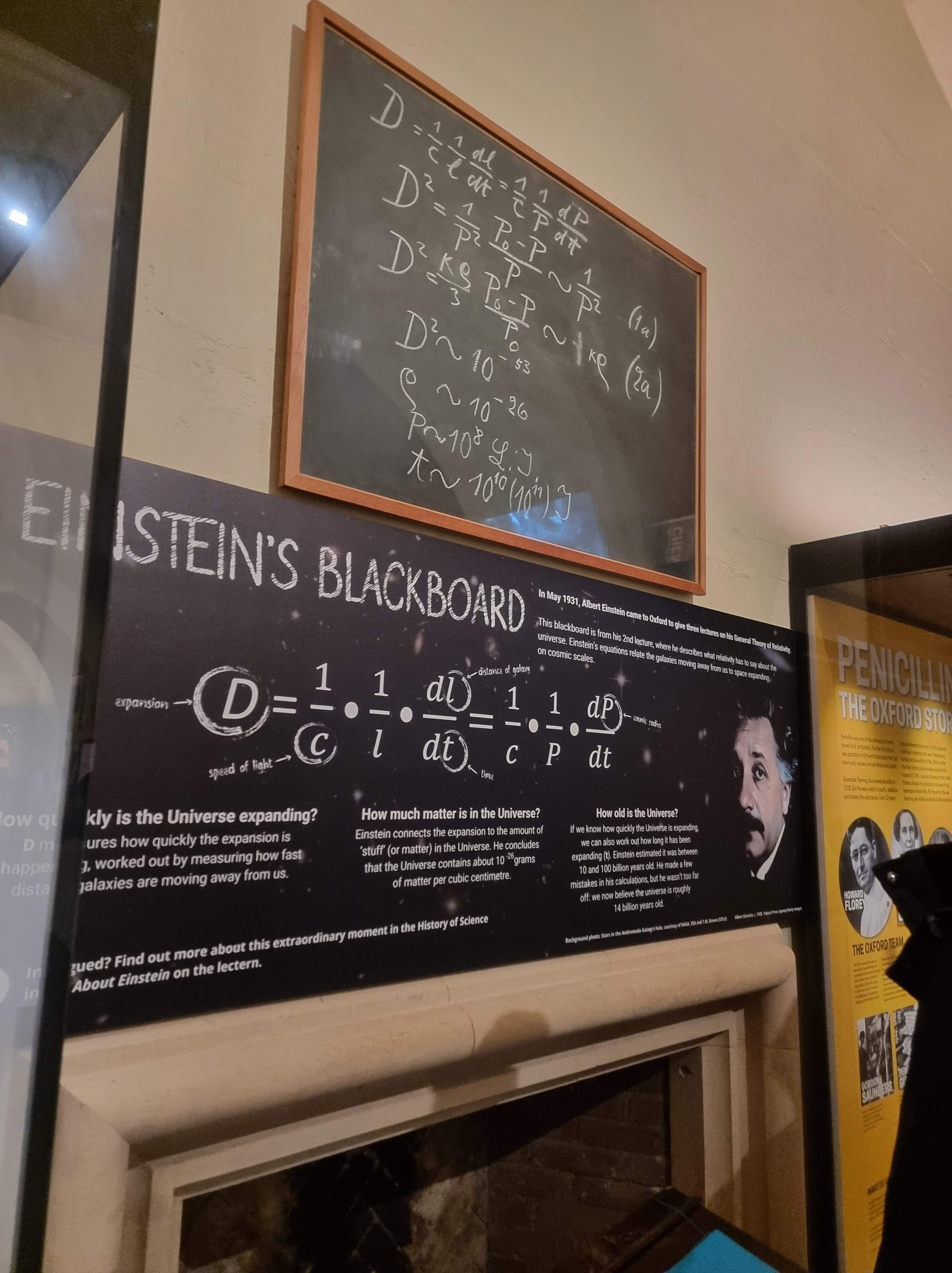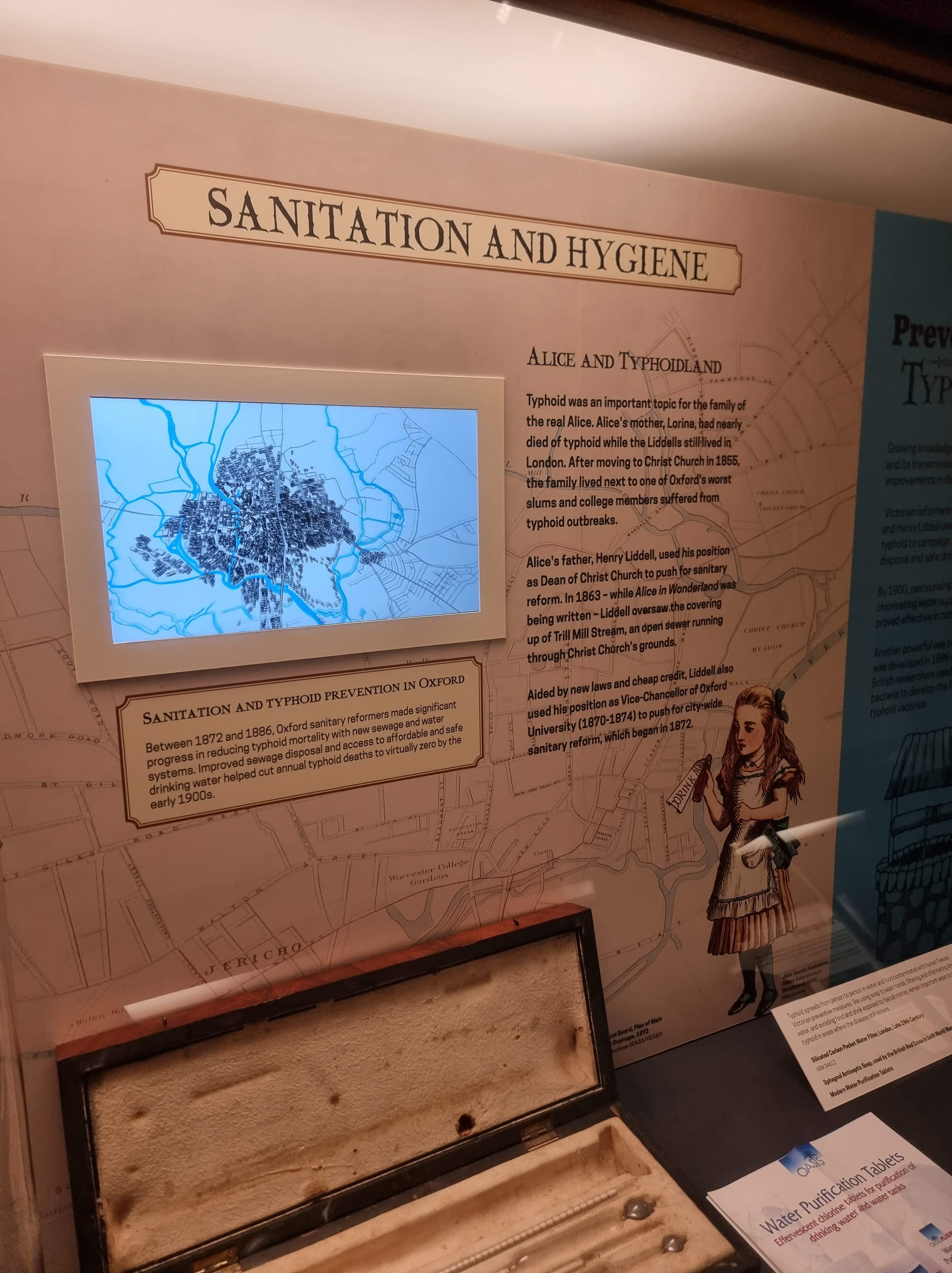In February 2023, I blogged about my experience visiting the natural history museum and the science museum in London and hoped to write articles about additional museums I visited there. This is one of those articles, but this time I decided to add further about some museums outside London as well!
I’ve enjoyed visiting museums in various countries that I visited throughout my life, and the fact that many museums in the UK are completely free to visit (you are still encouraged to donate, if you can) means that I have been able to visit and learn about many different topics from various museums here. I am highlighting here the most spectacular places and pieces of art and history that grabbed my attention from the two museums I visited during a day tour to Oxford by the University of Surrey.
First up is the Ashmolean Museum in the heart of Oxford. This was the first ever public museum in the UK and opened it’s doors way back in the 17th century. The museum’s exhibits span a wide range of disciplines, including archaeology, fine art, and numismatics (study of coins). I was able to explore treasures from ancient Egypt, Greece, and Rome, as well as renowned artworks from the Renaissance and more recent art pieces as well. The most striking piece that I captured here is the “Trajan and Dacia. Arch of Trajan at Beneventum” which was part of a fully functional arch designed all the way back in 114, almost 2000 years ago! The second piece from this museum that caught my attention is the “view of the high street, Oxford” which is an oil on canvas painting by Joseph Mallord Willian Turner between 1809-10. It is especially striking since some of the larger buildings in the painting remain almost unchanged to this day!



Second is The History of Science Museum, also in Oxford, located within the university. It is a fascinating institution established in the early 20th century, which is dedicated to showcasing the progress of scientific discovery throughout history. The museum highlights the evolution of scientific instruments, technological innovations, and groundbreaking ideas that have shaped our understanding of the world and exhibits cover a wide array of scientific disciplines, from astronomy and physics to chemistry and medicine. As a student studying water and environmental engineering here at the University of Surrey, the exhibit on the history of typhoid as a waterborne disease was very informative to me. The other piece that caught my attention the most was the chalk writing board used by none other than Albert Einstein on a visit to the University of Oxford!



I will be adding one more article dedicated to more museums in London and Glasgow that I had the privilege of visiting.
Cheers,
Shaulan
